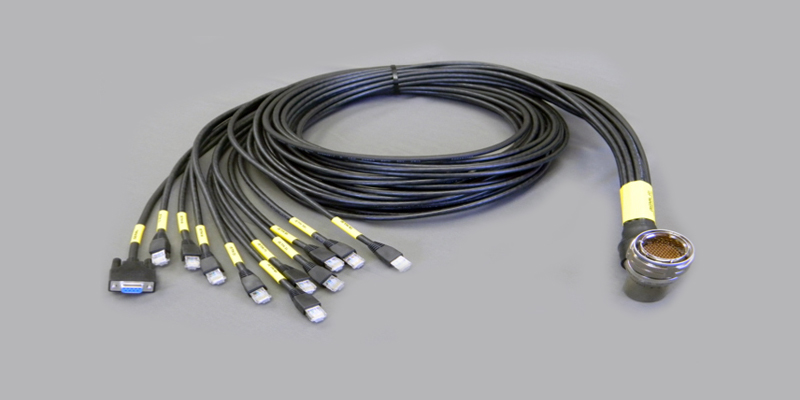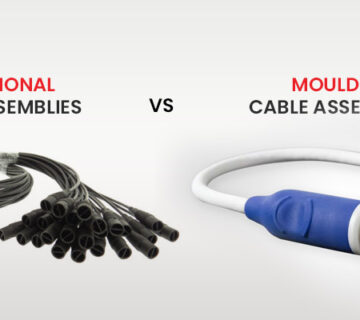Manufacturing is definitely a critical part of being a wire assembly manufacturer, but another indispensable responsibility is of testing those assemblies for perfection and quality. Once the assemblies are manufactured, they need to go through various tests for examining various aspects. Even though there are different tests for different features, all of them aim at only one purpose, and that is to ensure that the wire assembly will meet the required specifications it was built to. Listed below is a comprehensive list of tests that wire assembly manufacturers in India must perform on their wire assemblies to ensure that they will be providing their customers with reliable products.
Visual testing
The dimensions of the wire assembly must be checked to ensure compliance to the specifications it was built to. Visual inspection will also help to check for any defects like blisters and deformations. Also, the connectors and sockets must be checked for proper markings, appropriate materials, correct finish, design, and construction.
Electrical testing
Wire assemblies need to be thoroughly checked for any kinds of opens, shorts, and incorrect wiring. For this, both connectors at each end of the wire assembly must be attached to a mating connector, which in turn should be attached to a fixture that can check for opens in the assembly, shorts between the conductors, shorts between conductors and shields, and pin placement for all components of the assembly.
Mechanical testing
The wire assembly must be subject to repeat flexing at a set angle for a defined number of times to determine its approximate life span. Also, the connectors should be mated-unmated to determine the force required for engaging and disengaging the assembly.
Environmental testing
As the name suggests, environmental tests are those that check the capability of a wire assembly to prevail and perform in any and every kind of environment like high/low temperatures, humidity, fog, vibration, and corrosion. This segment includes various tests which are as below.
- High temperature aging, where the wire assembly will be subject to increased temperature to check for impact.
- Low temperature aging, where the wire assembly will be subject to decreased temperature to check for impact.
- Thermal cycling, where the wire assembly will be subject to temperature fluctuations to check for impact.
- Humidity, where the wire assembly will be subject to high humidity levels to check for impact.
- Salt spray, where the wire assembly will be exposed to fog or salt sprays to check for corrosion resistance of its materials and coatings.
- Vibration testing, where the wire assembly will be subject to constant vibration to check for impact.
Signal integrity testing
The signal integrity testing involves four different types of tests to be performed on the wire assembly. These include –
- Eye Diagram Analysis (For analyzing parameters of electrical quality of signal)
- Insertion Loss (Signal power loss due to connectors/filters/splices in the circuit)
- Time Domain (To check intra and inter pair skew, and differential impedance)
- Frequency Domain (For examining far end crosstalk and attenuation)
Apart from the above mentioned basic tests, there are many other tests that may or may not be performed on wire assemblies by manufacturers. For example, Miracle Electronics, one of the leading and most renowned wire assembly manufacturers in India, performs various other tests like Megger/High Pot, Pull test, and Continuity test on the wire assemblies to check for their quality and performances. Also, the products are certified and approved by DGAQA and MSQAA for platform specific applications.




